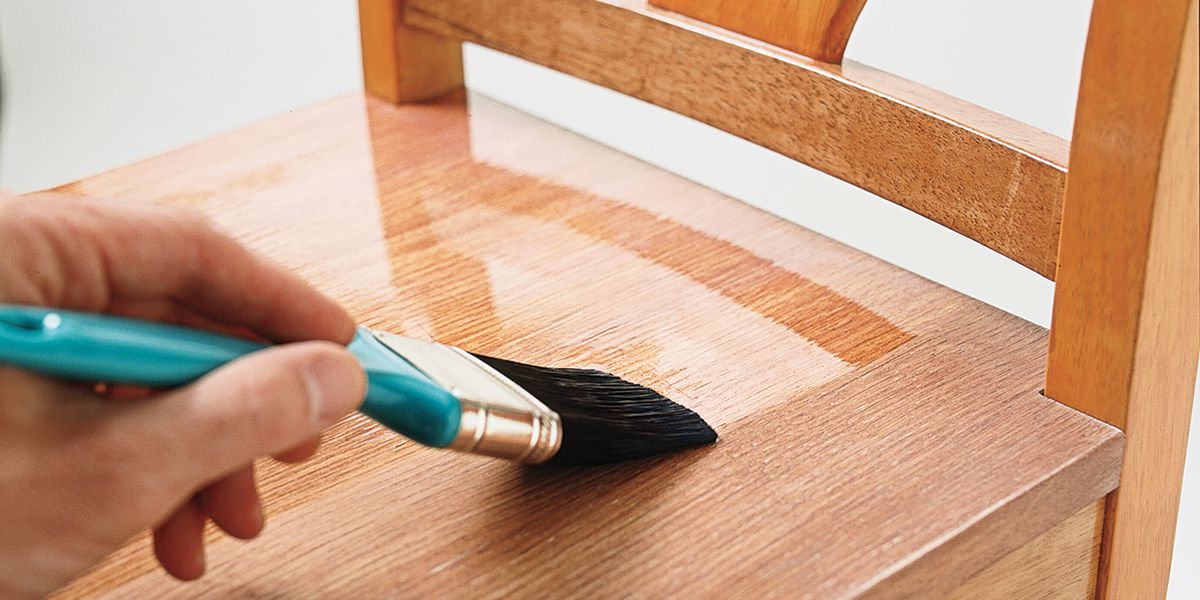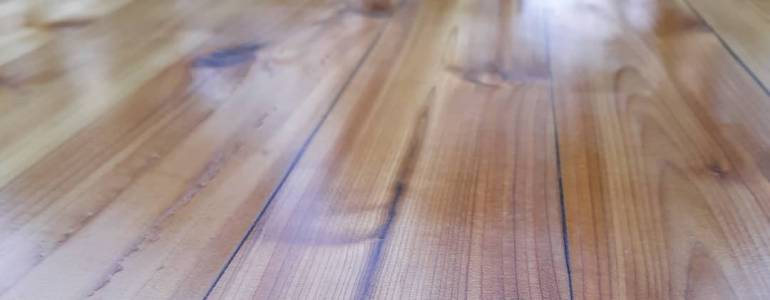
So, what is Polyurethane? Polyurethane is a wood finish used to coat surfaces, protecting them from scratches and helping to resist water damage. There are a few reasons why you might want to consider a water-based polyurethane coating for your indoor furniture. You can opt for a sheen that reflects light, or opt for a more opaque finish. The sheen you choose is largely a matter of preference, but the most common uses will often dictate the sheen you want. Water-based polyurethanes are the least toxic, and are easily cleanable with soap and water.
What is Polyurethane? Water-based & Oil Based.
So, what is Polyurethane? There are two basic types of polyurethane: solvent-based and water-based. Water-based finishes tend to dry more quickly, and they release fewer volatile organic compounds. Both types produce a protective hard finish, but water-based finishes are preferable for indoor furniture because they are easier to apply and clean. As with most coatings, they do have their advantages and disadvantages. In most cases, the water-based option is the better choice, but solvent-based applications are also available.
A water-based polyurethane is ideal for indoor furniture. It is easy to apply and protects wooden surfaces. It keeps water and stains from penetrating into the wood. It also beautifies wood. One of the most obvious advantages of this finish is that it is inexpensive. Regardless of your project, water-based polyurethane is worth a try. You can buy a small sample bottle to test for its durability and drying time before making a big purchase.
However, the water-based polyurethane is more temperamental. You may need to apply more than one coat to ensure a flawless finish. It is also translucent, so it can become uneven. One way to avoid uneven coatings is to mark the end of the coating with a marker. Water-based polyurethane takes longer to dry, so you might have to reapply it more than once.
A water-based polyurethane is ideal for indoor furniture. The only downside to this type of finish is the price. A water-based polyurethane costs significantly more than its oil-based counterpart, but the difference between the two is minimal compared to the price. While both types are acceptable for furniture, the oil-based option is better for outdoor furniture. It is also more waterproof and can withstand a wide range of weather conditions.
When applying water-based polyurethane, make sure to thoroughly mix the product. While this solution can make wood surfaces slippery, it does not do damage to the wood. Once it dries, it is safe to use. A water-based polyurethane is also much more forgiving of mistakes, as it does not dry as quickly as oil-based ones do. Just keep in mind that you should always wear gloves and socks when applying polyurethane.
Shop our custom, made-to-order solid-wood furniture collection here!
Wait, then what do I used for outdoor wood furniture?

While polyurethane is waterproof and resistant to UV light, spar urethane has a slightly different chemical composition. This product is formulated by adding a small amount of urethane plastic to an oil-based varnish. Although it still repels water, it also dries faster than polyurethane and has a higher price tag. However, it is worth the money, as spar urethane protects surfaces from scratches and is good for interior and exterior woodworking projects.
Spar urethane is also very good for marine and outdoor applications. Although it costs more than other finishes, it will last longer and look better than other materials. If you’re considering finishing outdoor furniture, this material is the way to go. The downside is that spar urethane creates toxic fumes, so be sure to work in a well-ventilated area with appropriate safety gear.
Polyurethane is another popular type of polymer. It is strong and durable, and resists seasonal changes in wood. However, it does not have the flexibility of spar urethane. You can use polyurethane in poorly ventilated areas, but it should be applied in a properly-ventilated area. Although polyurethane does not produce strong fumes, it still can affect your health if your workspace is not properly ventilated.
Besides being very durable, Spar urethane is also very easy to apply. It has a thick consistency. When you are working with it, you can make use of a spray can to thin the product. It’s not cheap, but it saves you time and makes the application process a breeze. This coating is perfect for outdoor furniture, including patio furniture and garden benches. And the good thing is, it’s safe for both indoor and outdoor use.
While polyurethane has several sheens, choosing the best type for your interior wood project depends on personal preference. Choose a water-based product if you’d like your furniture to be clear after drying. Water-based products are good for indoor furniture because they produce low levels of VOCs. One coat will cover most furniture. However, if you’d like a satin or matte finish, consider using solvent-based products.
Light-colored solid wood furniture
Hundreds of light-colored species of wood are available around the world. These types of wood are easy to work with, absorb shock, and are relatively inexpensive when compared to other hardwoods. They’re also easy to clean and maintain. Light-colored woods also tend to fit well with most types of interior decor, including modern and contemporary styles. Most common light- colored woods are oak, maple, and hickory. Ash is a relatively light-colored wood found in the eastern and central United States, and is suitable for domestic use.
If you’re trying to choose a color scheme, remember that wood color is also a cue for wall color. For instance, a red wood piece will look better against a green background. On the other hand, golden-yellow woods are handsome against earthy greens, eggplant, and warm red. Brown woods with a yellow undertone relate well to butter-colored walls, and stand out boldly for dramatic effect. Antique woods are often a mixture of several tones.
Colored woods also work well in combination with light-colored walls. Wood and walls should be complementary in tone and value. A dark-colored piece of furniture can look overwhelming with a light-colored wall, so use your imagination to come up with a color scheme that matches your walls. You can also play with contrast by arranging your furniture in the room in such a way that it offsets the feeling of crowdedness.
Ash wood has a pale to white color. It is highly durable and resists decay and abrasion. However, it’s also expensive. Maple wood is another good choice for indoor furniture. It has a beautiful grain pattern and is easy to work with. A light-colored wood is also good for modern interior designs. However, it is important to remember that cherry wood is the most expensive wood.
What is Polyurethane: How to remove polyurethane from wood (the easiest way)

If you have polyurethane on your indoor furniture, you might be wondering how to remove it. First, you need to prepare the surface for the stripping process. Clean the area with paint remover and warm water. Then, you will need a metal scraper to remove the polyurethane. Lastly, you need a face mask and rubber gloves to protect your skin and clothing from the fumes.
In addition, to remove polyurethane, you need to clean the surface thoroughly. You can use a brush or a spray, and you need to do this on one-meter squares. Make sure that you wait 15 minutes before attempting this process. If you are working on a large piece of furniture, you may want to apply a wax-covered paper on the surface to prevent evaporation problems. After that, use a scraper to remove the polyurethane from the wood. Follow the wood grain when scraping. You can remove a full layer of polyurethane or several thin ones.
Polyurethane is a wood finish that is often hard to remove without sanding. Here are some tips on how to remove polyurethane without damaging the wood. You can use steel wool, a wet rag, or acetone or mineral spirits to remove the material. Always be careful when handling these chemicals. They may contain toxic chemicals or can harm people and the environment. However, the benefits of using these products outweigh the downsides.
Using mineral spirit or citrus-based stripper gel will help you remove polyurethane from wood without sanding. However, if you are not comfortable with this technique, you may want to contact an expert. In addition to using a citrus-based stripper gel, you should also clean the surface thoroughly. Mineral spirits is recommended for oil-based polyurethane applications. These methods can also be used on wood that has been treated with polyurethane, so make sure you are using a lint-free cloth or mineral spirits before you begin.
Conclusion:
In summary, Polyurethane finishes vary in their chemical makeup. Water-based polyurethane is the most common type, and is fast-drying. It is also ultra-protective. In fact, a single coat of water-based polyurethane can cover 32 square feet. These products can be removed easily. And they are also water-based, which means you can clean them with soap and water.
Check out our 1 min video clip here to see our professional process for creating made in USA custom solid wood furniture.

